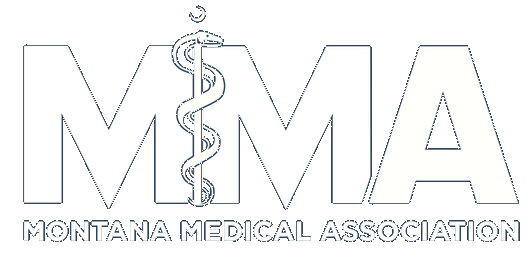FOR IMMEDIATE RELEASE:
Friday, June 10, 2022
mma issues statement following dphhs report on fatal overdoses in recent weeks
The Montana Department of Public Health and Human Services (DPHHS) on Tuesday, June 7, 2022, issued a press release on a high number of fatal overdoses across Montana over the last two weeks. The Montana Medical Association (MMA) today released the following statement on the alarming increase in fentanyl-related overdoses statewide:
+++++
A growing number of Montanans are dying from fentanyl overdoses, and we must act quickly and with compassion to prevent more deaths. As physicians, we feel it is essential to change the trajectory of the opioid epidemic, and we recognize that more needs to be done to strengthen Montana’s response.
The Montana Medical Association supports Governor Gianforte and Attorney General Knudsen as they step forward on initiatives to address the recent increase in opioid-related deaths. The MMA also applauds DPHHS’ efforts to expand access to naloxone rescue kits. Naloxone is a life-saving FDA-approved medicine that can reverse an opioid overdose.
Montana’s medical professionals call on all our leaders to strongly support additional measures in Montana’s response to the overdose crisis, including:
- Increasing efforts towards harm-reduction strategies such as naloxone rescue kits and syringe access programs.
- Decreasing barriers to accessing life-saving medication-assisted treatment (MAT), using all of the three medications approved by the FDA for this indication (buprenorphine, methadone, and ER-naltrexone), and developing a public education program to decrease stigma that prevents patients from seeking treatment.
- Initiating MAT in emergency rooms, jails, and prisons.
- Improving reimbursement for MAT providers and eliminating burdensome prior authorization requirements.
- Allowing individuals to possess or distribute fentanyl test strips without fear of potential criminal penalties under Montana’s drug paraphernalia law, MCA 45-10-101(1).
Decreasing the flow of drugs into Montana and arresting those who distribute them is important, but these efforts alone will not be enough to stem the tide of overdose deaths. We must also employ the above evidence-based solutions rather than continuing to rely solely on punitive-focused approaches that have often been shown to be ineffective if not combined with other efforts.
Montanans and health care providers can learn more about how to access naloxone at the DPHHS Naloxone website and can learn more about the opioid crisis at www.knowyourdosemt.org.

